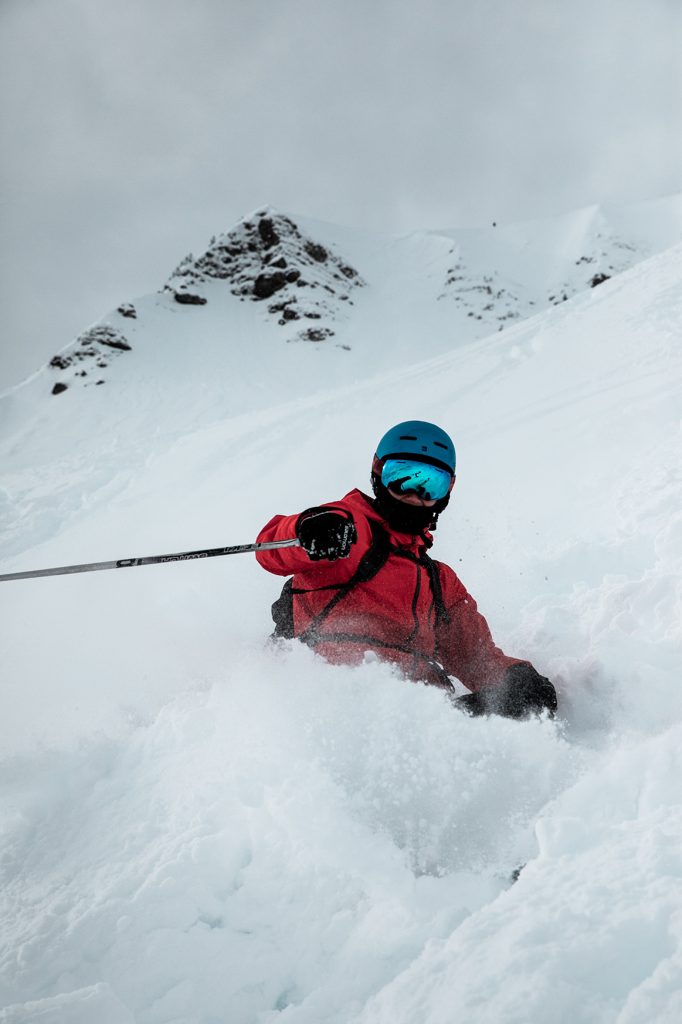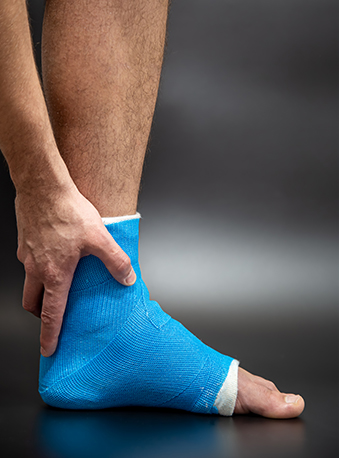NOMAD WELLNESS NISEKO | 070 9090 8183 | info@nomadwellnessniseko.com
Treatment Options
P.O.L.I.C.E Protocol
Protect (immobilisation for severe ligament tears or achilles ruptures), Optimal Loading (vital for tendinopathies), Ice, Compress, Elevate.
Physical Therapy
Tailored exercises to improve strength, flexibility, and proprioception, aiding in recovery and preventing future injuries.
Medication
Pain relievers and anti-inflammatory medications may be prescribed for pain management.
Surgery
In severe cases, surgical intervention may be necessary, especially for fractures, achilles ruptures and ligament tears.







